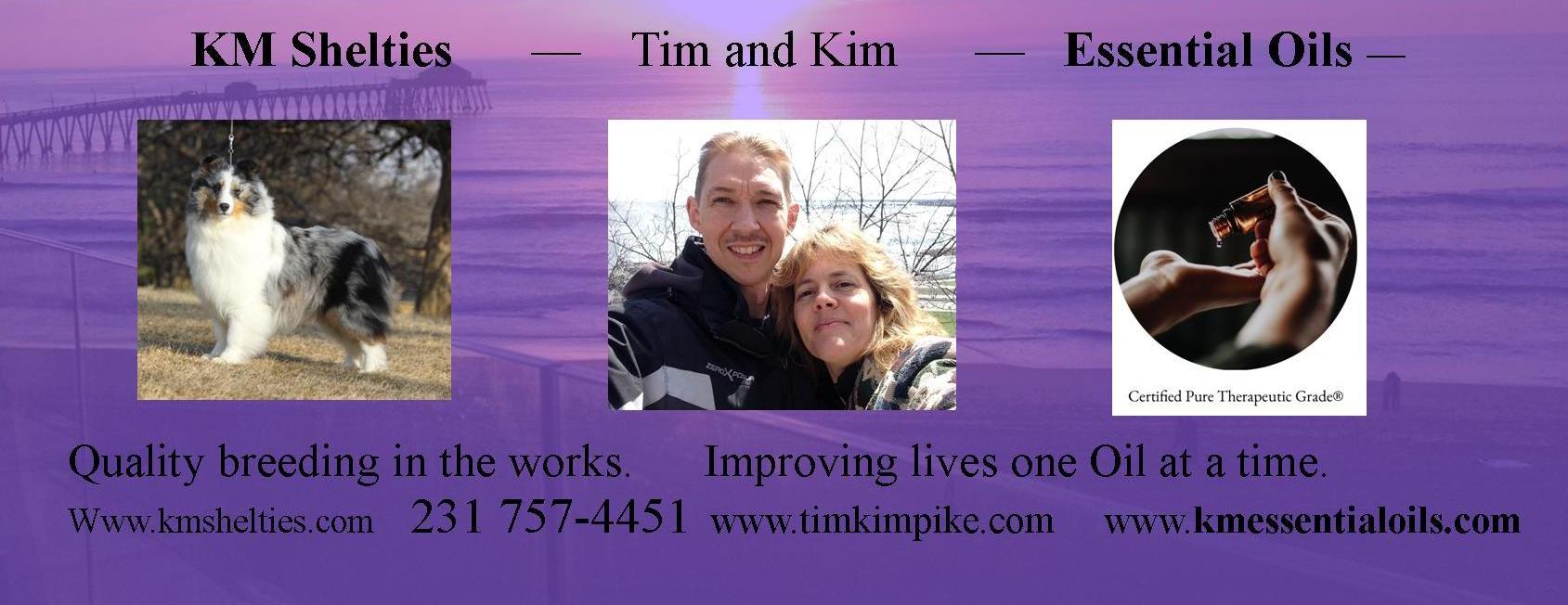What Are Essential Oils?
• Volatile Aromatic Compounds
• Essential Oils Are Lipid-Soluble
• Chemical Constituents Give an Oil Its
Benefits
Where do Essential Oils Come From?
• Why Don’t All Plants Produce
Essential Oil?
How Much Oil Does a Plant Contain?
|
WHAT ARE ESSENTIAL OILS?
You’ve probably heard of essential oils, but did
you know they’re actually all around us? They
can be found in everyday products you use,
like perfumes and shampoos. They flavor candy
and toothpaste. They’re hidden in the zest
of lemons, the needles of pine trees, and the
petals of roses. Essential oils are the essence
of a plant, distilled into a usable oil.
VOLATILE AROMATIC COMPOUNDS
Scientifically, essential oils are mixtures of
natural chemicals that give plants their scents.
We call those chemical molecules volatile aromatic
compounds. Obviously, there are a lot of
chemicals in everything, so what makes volatile
aromatic compounds different? It sounds
complicated, but don’t worry—the concept is
simple. Volatile compounds are small organic
molecules with distinct smells that easily
change from their solid or liquid state to a gas
at room temperature. This ability to quickly
change to a gas gives an essential oil its powerful
scent. When a bottle is opened, you can
smell it almost immediately, thanks to the
quick-moving molecules reaching your nose.
ESSENTIAL OILS ARE LIPID-SOLUBLE
Another quality of volatile aromatic compounds
is that they’re lipid-soluble—or lipophilic.
That means they dissolve in fats as
opposed to water. Oil is a lipid, for example,
and you know oil and water don’t mix no matter
how hard you try, but oil will easily dissolve
in other oils.
|
|
CHEMICAL CONSTITUENTS GIVE AN OIL ITS BENEFITS
Each essential oil is made up of various chemical constituents that give it a unique aroma
and beneficial properties. There are a lot of different chemicals, and you’re probably
already familiar with some of them, like alcohols and esters. Just know that the chemical
makeup of an essential oil is what gives the oil its benefits (for example, soothing and
rejuvenating the skin or providing feelings of clear airways). The chemical makeup of an
essential oil is why it can affect your body so powerfully.
WHERE DO ESSENTIAL OILS COME FROM?
Essential oils are extracted from plants, but not every plant produces an essential oil.
Out of the enormous number of plant species on Earth, fewer than 5% are known to do
so. So far, 17,500 aromatic plants have been investigated to see whether they can produce
essential oils. Of those plants, 2,000 are used to produce 3,000 different essential
oils. That difference means some plants are used to create multiple oils. For instance,
coriander and cilantro, two favorite kitchen herbs, come from the same plant. They’re
two completely different essential oils from their smell to their chemical makeup—the
difference is that coriander comes from the seed and cilantro from the leaf. Of these
3,000 essential oils, only 300 are commonly produced. Essential oils are quickly growing
in popularity, so hopefully we’ll see a wider variety make their mark in the future!
WHY DON’T ALL PLANTS PRODUCE ESSENTIAL OIL?
You might be wondering why all plants don’t produce essential oils. It takes a lot of energy
for a plant to do it—imagine having to sprint everywhere you go—so they only produce
essential oils sparingly. Plants reserve production of essential oils for times when
they’re most needed: for defense, healing, and growth. Essential oils can be a defense
mechanism against infections and predators, like insects and animals. Plants release
more aromatic compounds when their leaves or stems are damaged. They do this to
deter threats and prevent further damage, allowing the plant to heal. A plant also uses
essential oils to communicate with other plants, slowing the growth of competing nearby
species. This little trick is called allelopathy. Another way essential oils help plants
is by attracting pollinators like bees, butterflies, and hummingbirds. Other animals are
drawn to the plant and help disperse seeds. You inadvertently contribute to this when
you carry burrs home on your socks after a hike.
HOW MUCH ESSENTIAL OIL DOES A PLANT CONTAIN?
Not all plants will produce the same amount of essential oil. You can experience this
for yourself. When you, say, squeeze an orange peel, enough oil is released to coat
your hand, but crushing a peppermint leaf only results in a small amount. This is called
yield. You can calculate yield by looking at the amount of oil produced compared to the
amount of the original plant material.
Rose, for example, is considered a low-yield essential oil. It can take around 10,000
blossoms to produce a 5 milliliter (mL) bottle of rose oil. On the other hand, sandalwood
is a high-yield oil. It only takes around a quarter pound of sandalwood to make a 5 mL
bottle. Yield can vary, even within the same species. A rose bush in one environment will
produce more oil than another, depending on things like climate, predators, and
pollination.<>
|

